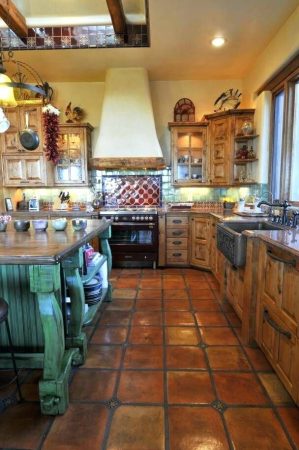What Color Grout Do I Need for Gray Tiles?
We can’t get enough of Fifty Shades of Gray – no, not the book…the color range for tiles! Gray is still one of the on-trend tones for tiling, and it looks fabulous with contemporary and classical themes.
Gray matches well with so many other colors around the home, such as mustard cushions or pink walls. But you’ll need the right grout to make the most of gray tiles.
If you’re caught up in a dizzying array of black, white, gray and colored grout, never fear. We’re going to walk you through the options, including how each color works best with gray tiles.
How To Choose Your Grout Color
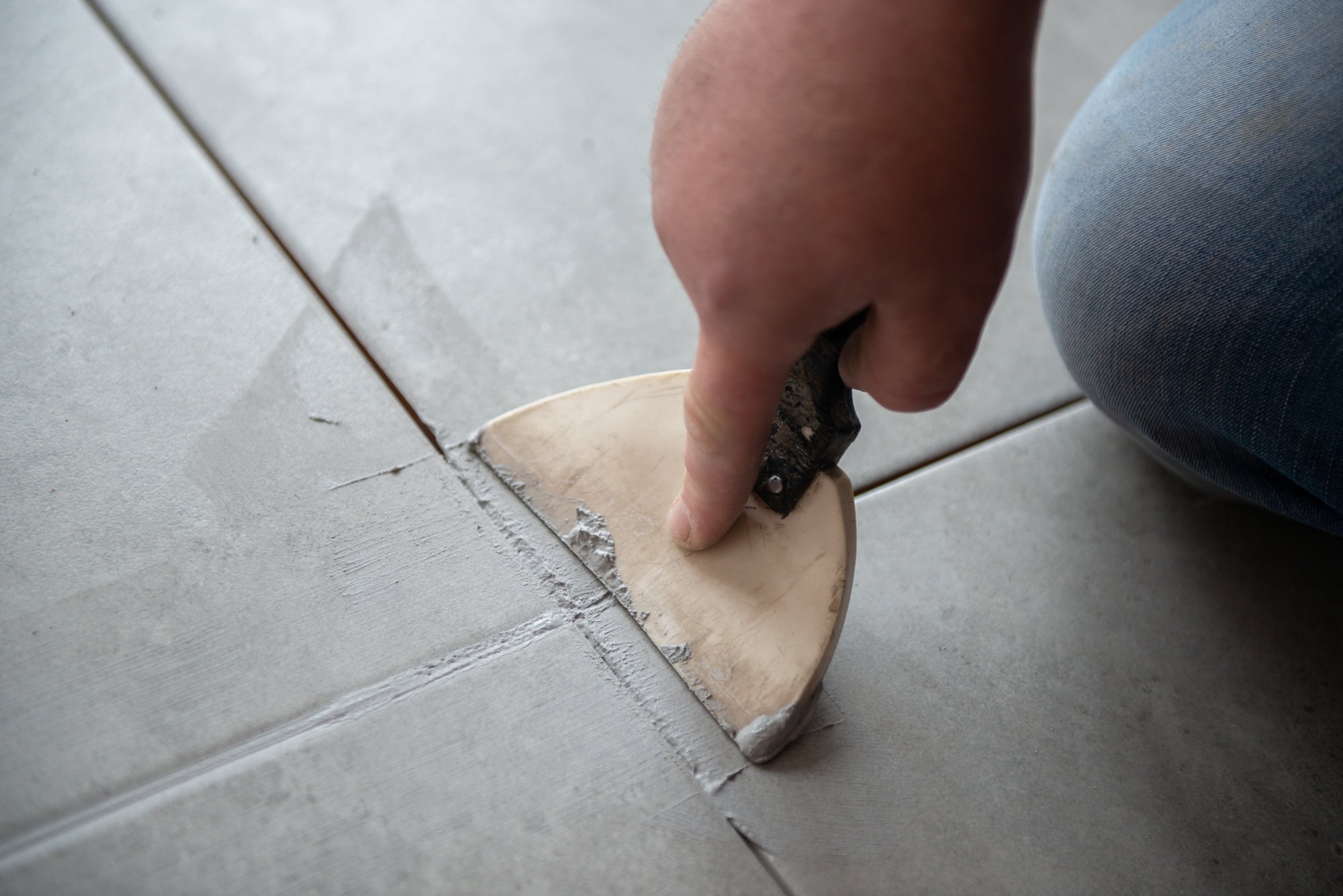
Before we start looking at the various shades you might choose for your grout, let’s first pause to consider the most important factors. You’ll want to pick a color that either matches or contrasts with the gray tiles but is there anything else you should be thinking about?
The idea of matching the color of the grout to your tiles may be appealing and will create a minimalist look. However, it can be incredibly tricky to get an exact color match, especially for unusual tones of gray. If this is the case, a contrasting shade may be an easier option.
If your tile is marbled or variegated, you can pick out one of the colors to focus on. By matching the grout to this shade, you will give it more emphasis. This also works well when you have different shades of gray in a tile pattern.
Other Factors To Consider

The position of the tiles should also be considered when choosing your grout. More specifically, whether the tiles will be going on the floor or the wall, and whether it’s a high-traffic area.
Grout loves to soak up anything it comes in contact with – and on the floor, that means dirt. Cleaning grout can be hard work, especially light colors. It’s therefore a good idea to stick to darker grout on the floor and leave the paler colors for the wall or areas of very light foot traffic.
The shape and size of the tile will determine whether the grout is a thick or narrow line, and how visible it will be. For example, more grout will be needed to fill the gap on round tiles compared to a thin narrow line between square tiles.
Consider the amount of grout on display when choosing the color. If there is a lot of grout in the tiling layout, a bold or contrasting color may overshadow the gray tiles. Alternatively, you could use a large area of grout to create a striking pattern when combined with the tile color.
Different Grout Colors for Gray Tiles
There is no single “right” answer for grout for gray tiles. The exact shade of gray, the pattern, the color of the surrounding decor and your personal preferences should all be considered. Below are some suggestions of colors you might want to pair with gray tiles.
White grout
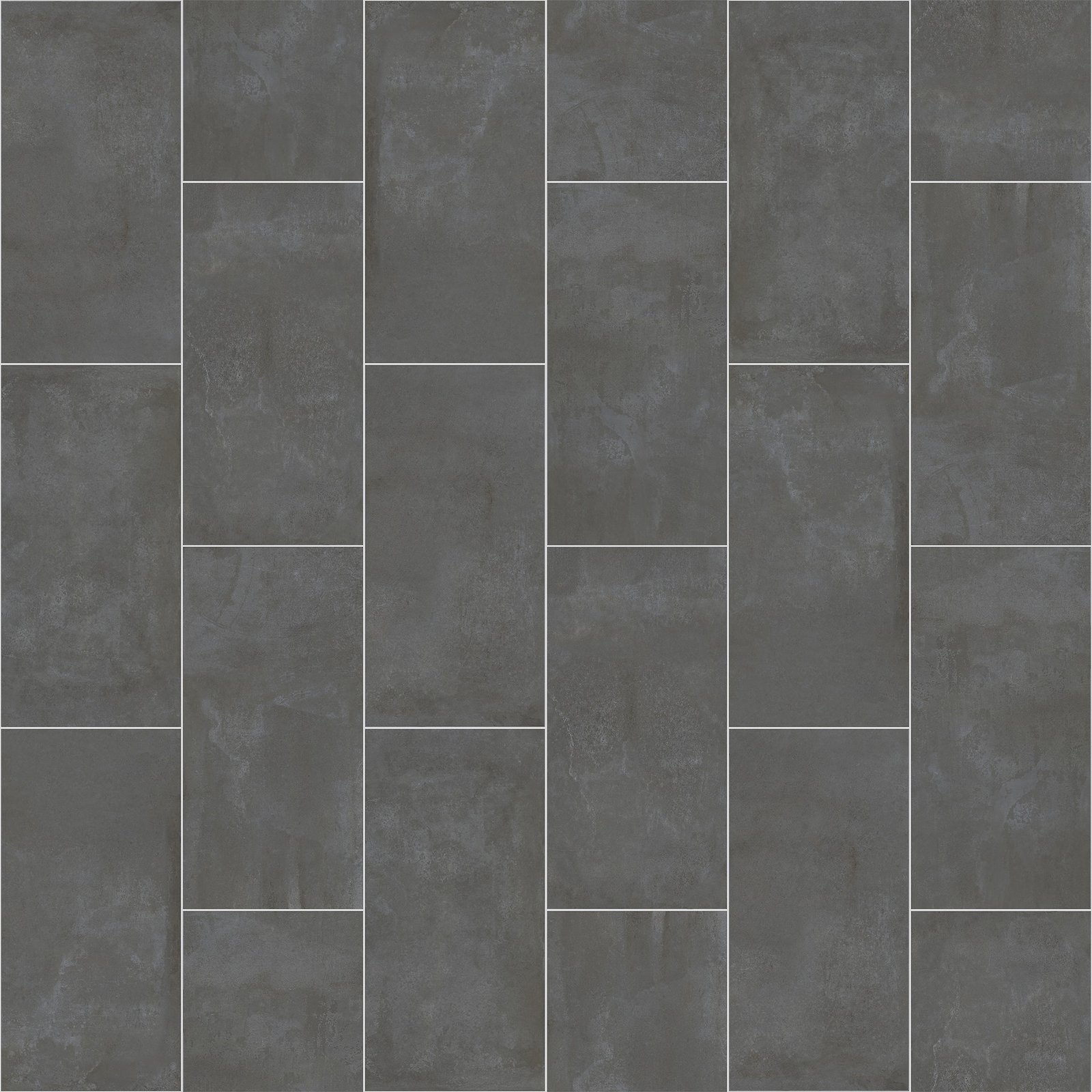
White grout has the benefit of working with all shades of gray. As the ultimate in neutral tones, white grout can create a very bold design or a gentle, pastel look.
Pair white grout with charcoal gray and darker shades for a striking design that catches the eye. This can work especially well in bathrooms or where a more traditionally masculine look is preferable.
Pastel gray and thinner grout lines create a more delicate pattern. This is popular in kitchens or with classical-style decor.
Gray grout
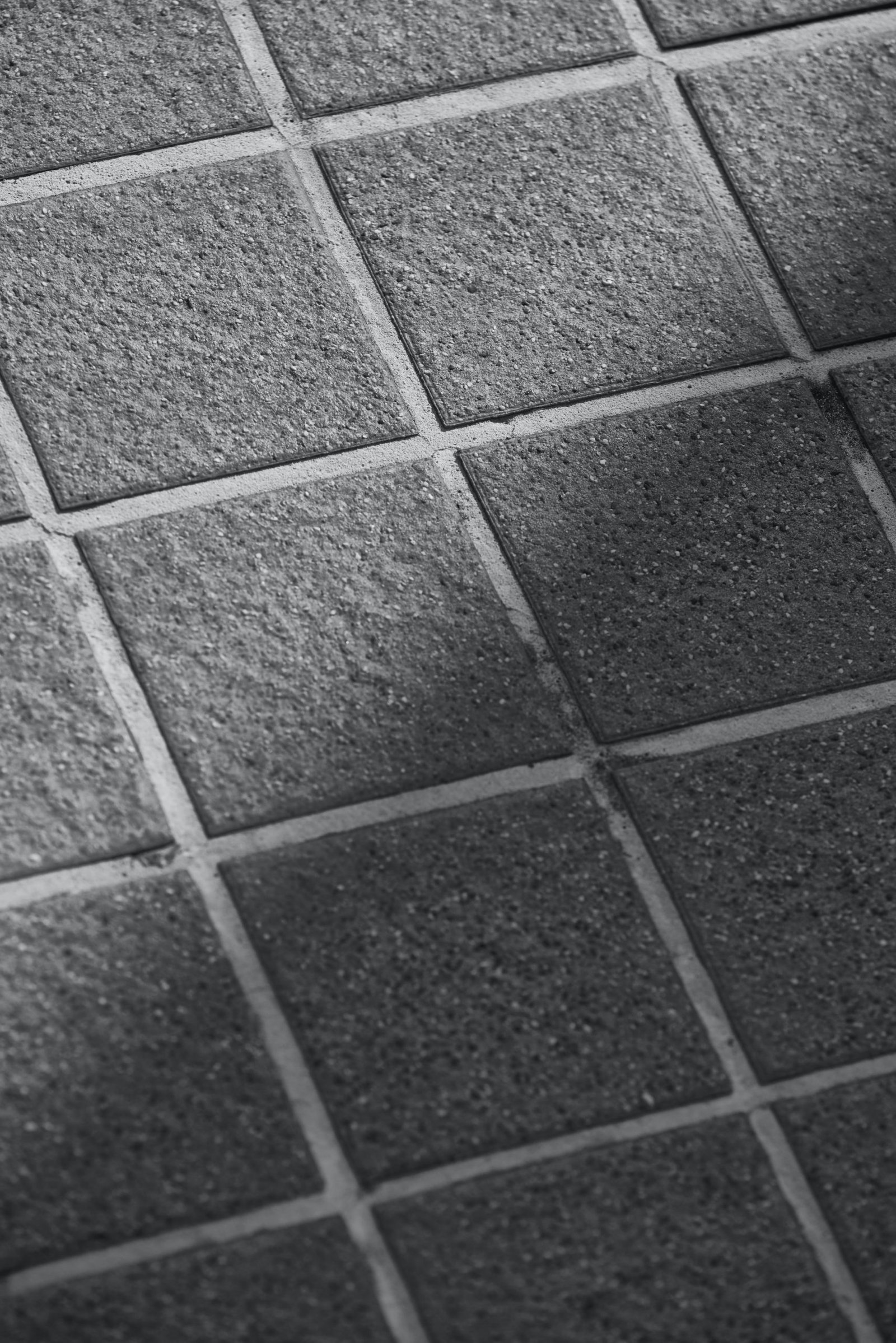
You can simply pair gray grout with gray tiles. If you match the shade you’ll create a seamless look, with each tile flowing into the next. This can provide the illusion of space in smaller rooms.
Alternatively, a different shade of gray can work well. A slightly darker gray grout emphasizes the shape of the tiles. This works well with geometric designs, such as subway tiles.
Light gray grout with darker tiles is a subtler version of using white grout. It creates a classic look but with a more subdued effect. The result is a very calming tiled area which looks wonderful in kitchens or bathrooms.
Black grout
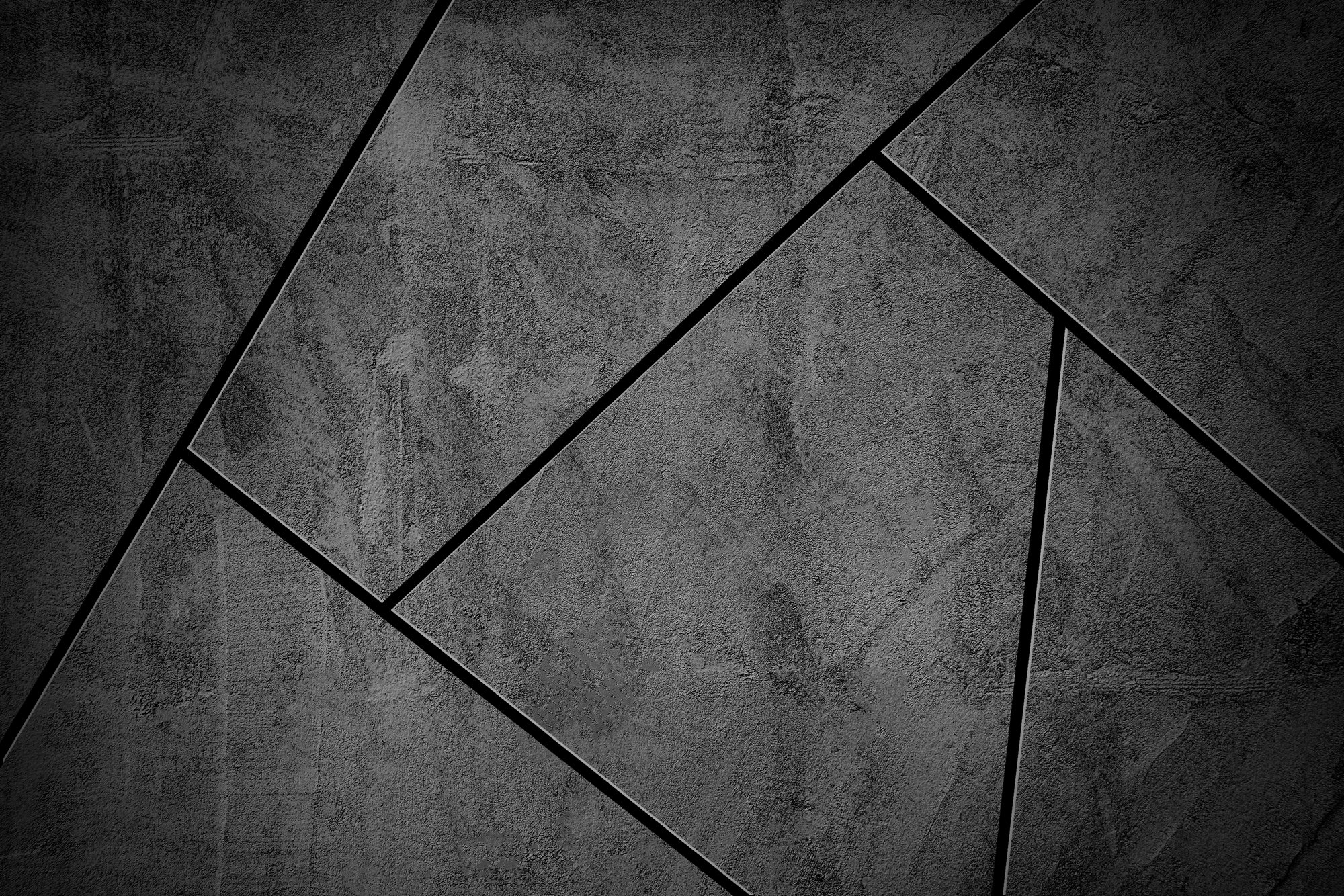
Black grout isn’t an option that will suit every style of gray tile, although it can be used for both light and dark grays.
Using black grout creates a bold contrast; the lighter the tile, the more noticeable this will be. Black grout is best used with modern and contemporary decor, where the style could be described as “city chic”.
Brown, taupe or beige grout
These earthy tones look spectacular when used with lighter gray tiles. The brown shades provide an emphasis to the tiles, without being too bold or dominating the design.
Brown, taupe or beige grout complements wooden furniture, pulling the tiles and the decor together effortlessly.
Blue grout
Try a blue-toned grout for tiles which are a cool gray. This is a perfect choice if the tiles are also surrounded by stone, slate or other cool-toned natural materials. It won’t work so well with terracotta or a warm, earthy-toned decor.
Colored grout for patterned tiles

Where your tiles have a symmetrical or strong pattern, choose a grout that won’t clash or detract from the design. Look for a color that will merge invisibly into the edges of your tile so the pattern isn’t interrupted.
Light-colored grout for glossy tiles
If your tiles have a high shine, they will reflect the light and will appear to be lighter in color than they really are. Therefore, when choosing a grout, opt for a lighter color than you would normally do for a matte gray tile.
Choose your own grout color
If you can’t find a grout color that appeals to you, there are grout stains available on the market. These allow you to change the color of the grout, whether that’s newly grouted tiles or old grout that needs refreshing.
It can be challenging to lighten dark grout effectively. However, it’s very simple to darken white or light grout, or refresh the same color.
Grout For Gray Tiles That Makes You Smile
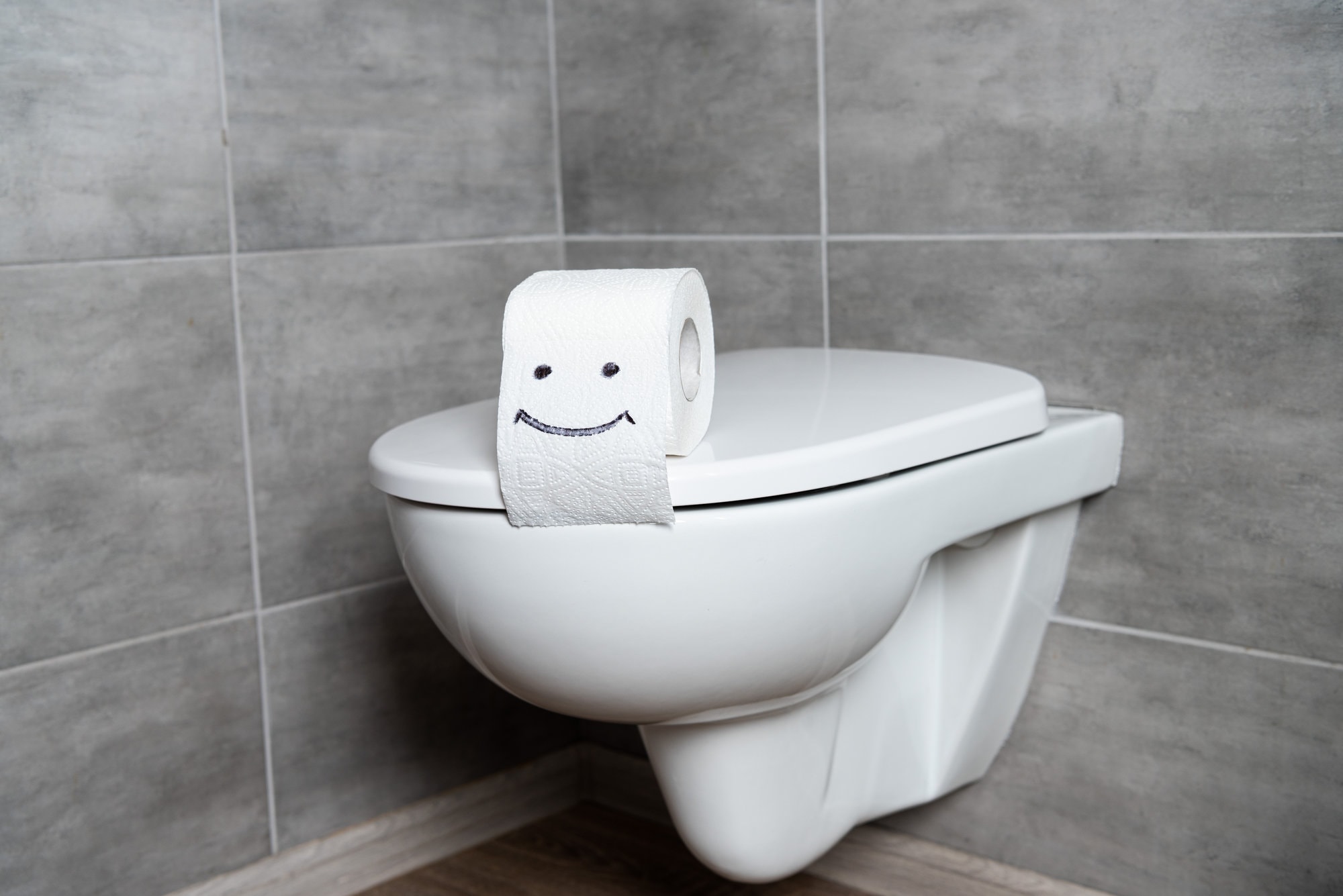
Changing the color of the grout can completely change how your gray tiles look. Don’t be afraid to experiment with something different or to express your personality with colored grout. If needed, grout can easily be changed and replaced.
There are lots of colors which match beautifully with gray tiles, and look stunning with either traditional or modern decor. Try our suggestions above and let us know how you got on!

